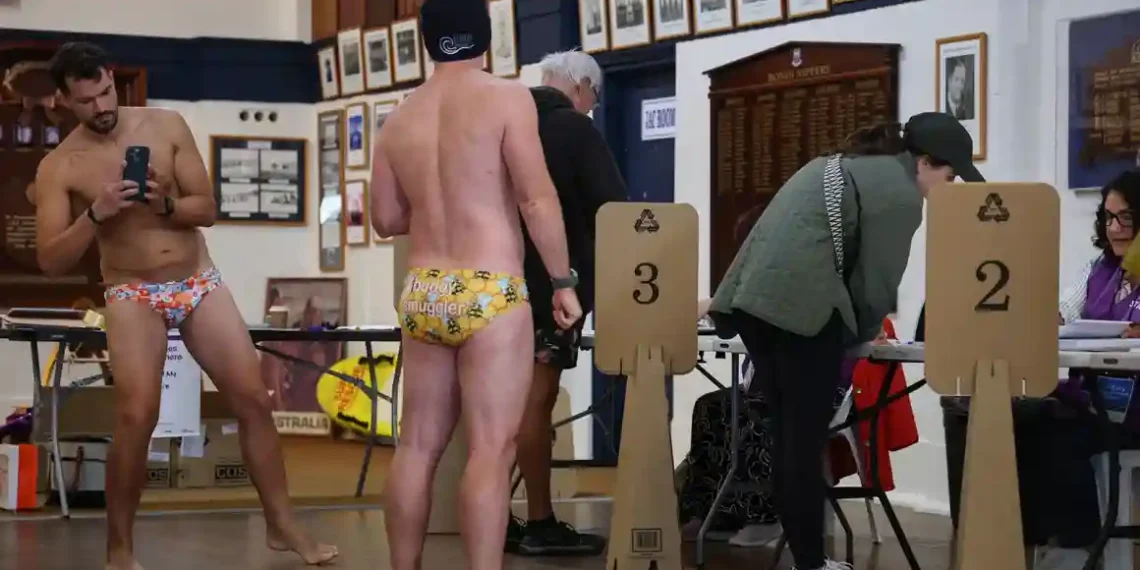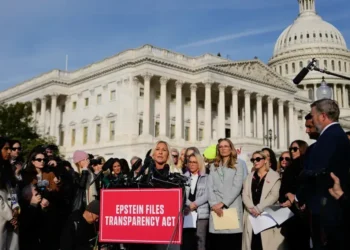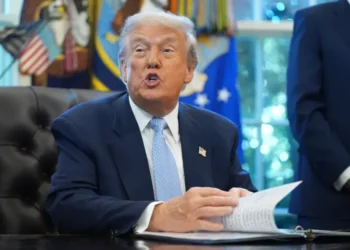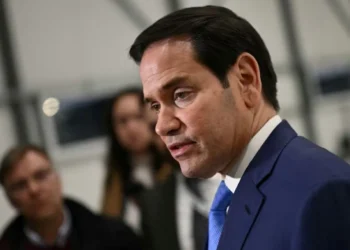Australia’s National Election: A Global Test of Anti-Trump Sentiment
Australia’s national election is reaching its final stage today, with voters heading to the polls amidst a cost-of-living crisis. This election, which has captured global attention, is seen as a potential indicator of a broader anti-Trump sentiment influencing conservative politics around the world.
Prime Minister Anthony Albanese of the Labor Party is up against Peter Dutton’s Liberal Party, which is campaigning to “get the country back on track” after three years in opposition. Though pre-election polls have favored Labor, the results remain uncertain due to Australia’s unique preferential voting system and the waning dominance of the major parties.
As the election unfolds, analysts are closely watching for any signs of backlash against conservative candidates, drawing parallels to the growing global shift away from right-wing politics seen in the wake of Donald Trump’s presidency.
While Australian elections traditionally focus on domestic issues like housing, healthcare, and the economy, international factors are also shaping this campaign. In late March, just before Trump’s “Liberation Day” tariffs rattled global markets, Albanese called the election. The tariffs impacted Australia, a U.S. ally, sparking criticism from Albanese for undermining the long-standing friendship between the two nations.
The Albanese government has presented itself as a stable force amidst global economic uncertainty. With inflation now at 2.9%, the lowest since December 2021, Labor is touting economic progress, even as Dutton places the blame for inflation on the government. Both parties are promising relief for first-time homebuyers, although experts warn these measures could drive housing prices even higher.
This election marks a turning point, with younger voters now outnumbering older demographics. Experts predict this will further erode the two-party system, with younger voters flocking to minor parties and independents. Social media is playing a crucial role, with platforms like Instagram and TikTok becoming the battleground for votes.
The absence of regulations on political advertising has fueled a deluge of personal attacks and misleading campaign materials, particularly in hotly contested areas like Sydney’s Wentworth. Despite this, political analysts will be watching for any shifts in power, particularly with the rise of the “Teal” independents. These candidates, who focus on climate action, gender equality, and political integrity, have already shaken up the political landscape once before in 2022.
Climate action remains a key issue. The Albanese government has committed to a net-zero emissions target but has faced criticism for approving new coal and gas projects. On the other hand, the Liberal Party proposes a nuclear power future, with plans to build seven nuclear power stations, funded by taxpayers.
Young activists have also been vocal throughout the campaign, calling for bolder climate action. Albanese faced direct protest at a campaign event in April, with one protester asking, “When will you listen to young people?”
As the polls close and votes are counted, the pressure mounts for candidates who have spent weeks pushing their messages amid fierce competition. The final results are expected soon after the last polls close at 6 p.m. on the west coast (6 a.m. ET), with the outcome determining which party will secure a majority in the 150-member House of Representatives.
Additionally, voters are also choosing 40 of 76 seats in the Senate, with senators serving six-year terms. With so much on the line, this election could be a pivotal moment not only for Australia but for global politics as well.
This article was rewritten by JournosNews.com based on verified reporting from trusted sources. The content has been independently reviewed, fact-checked, and edited for accuracy, neutrality, tone, and global readability in accordance with Google News and AdSense standards.
All opinions, quotes, or statements from contributors, experts, or sourced organizations do not necessarily reflect the views of JournosNews.com. JournosNews.com maintains full editorial independence from any external funders, sponsors, or organizations.
Stay informed with JournosNews.com — your trusted source for verified global reporting and in-depth analysis. Follow us on Google News, BlueSky, and X for real-time updates.













